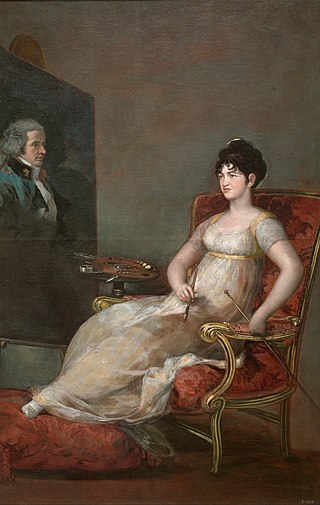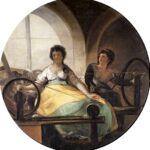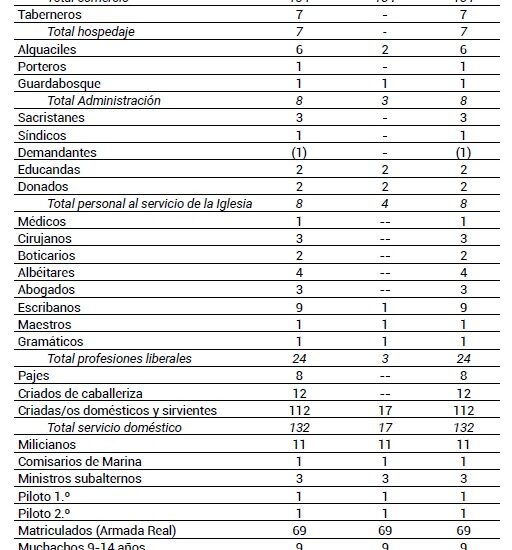
In the 18th century, the enlightened project of the Bourbon Monarchy opened the doors of the guilds to women, eliminating the restrictions that had excluded them until then without incorporating new forms of production. From then on, the first public schools for girls from the lower classes were promoted, giving them an essential role in the tasks “proper to their sex” (those related to textiles). The textile workshops were spaces of sociability and mutual support for women who worked 12-14 hour days in less healthy hygienic conditions than the work suggests. Neither age nor health were clear limits to their involvement in the task of spinning linen, cotton, silk or wool, work that took place in factories in rural areas and, especially, in the domestic sphere. Some women became masters in trades linked to the textile industry, such as cordwainers or weavers, although this may be an exception.
Collection: Images
Project: 11. Science and culture as representation in Europe., 3. Rural world and urban world in the formation of the European identity.
Chronology: XIX
Scope: Secondary Education, Baccalaureate, University
Resource type: Image
Format: Oil on canvas (diameter: 227 cm)
Source: Museo del Prado (Madrid)
Language: Spanish
Date: 1804-1806
Owner: Álvaro Romero González (Modernalia)
Identifier: P002548
Copyright: Museo del Prado (Madrid)
Abstract: Goya's work was executed in a different format from the traditional one for the grand staircase of Godoy's palace
Image
Tags







